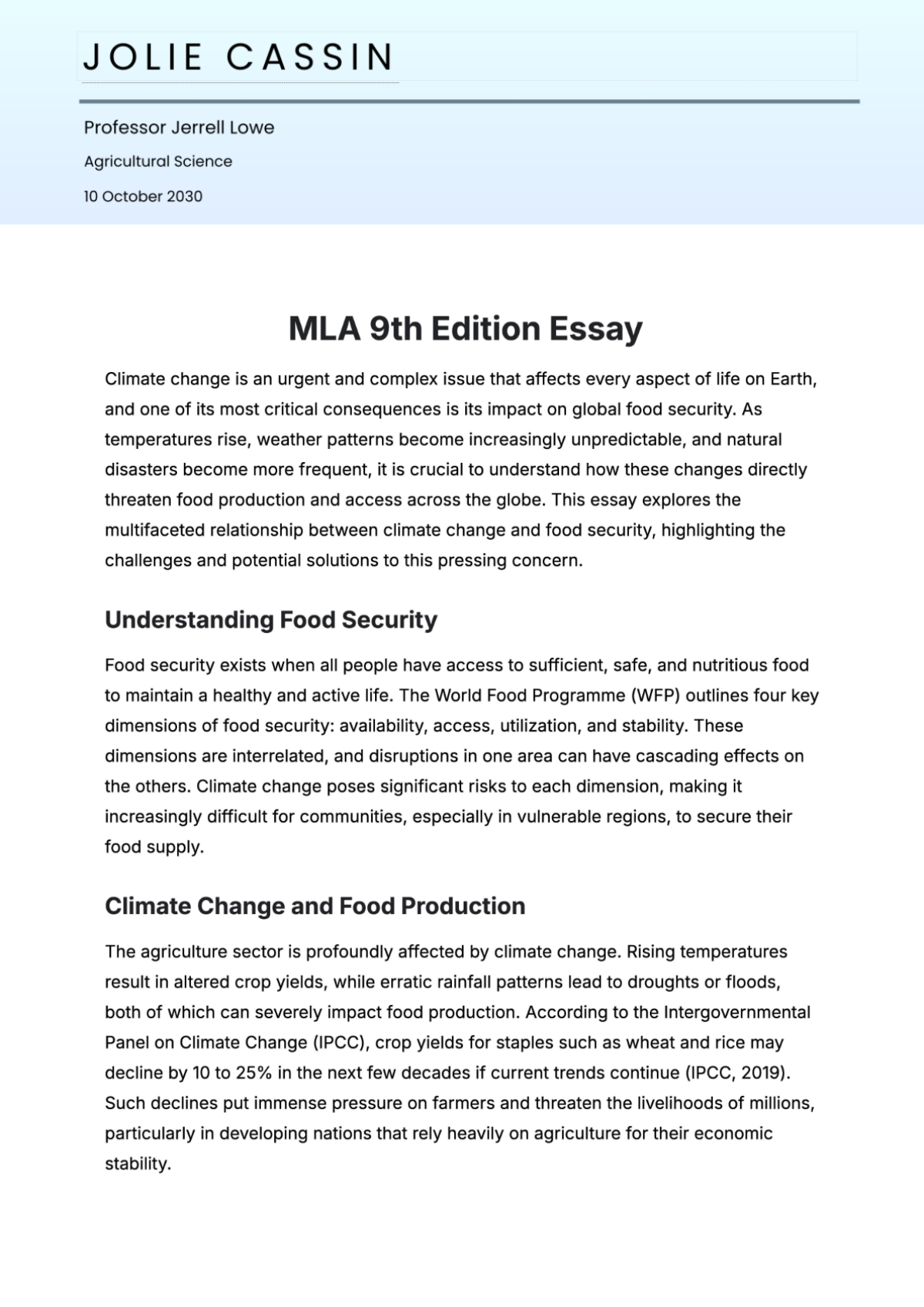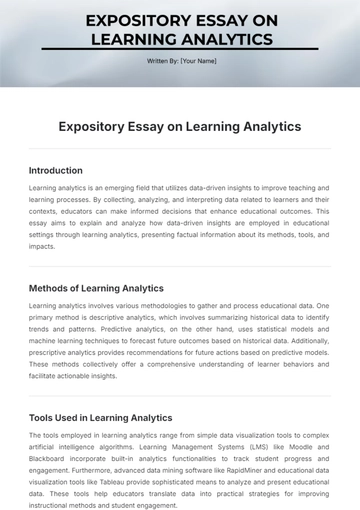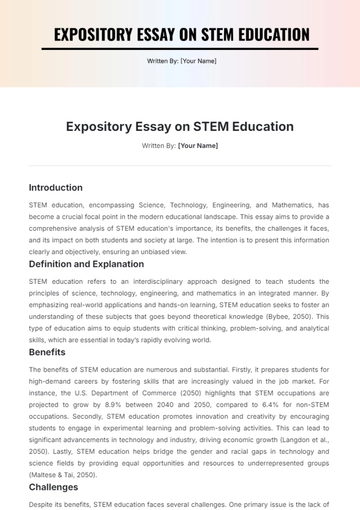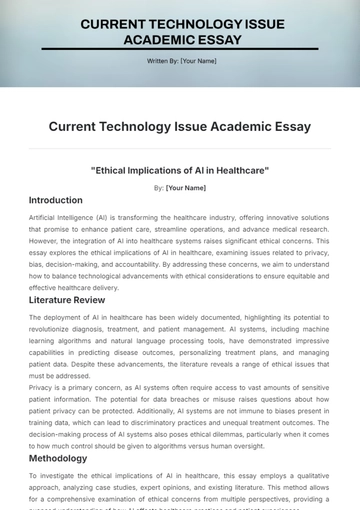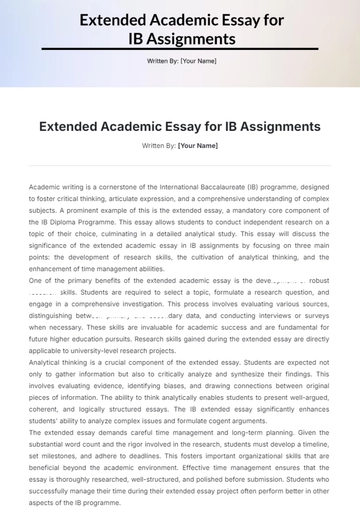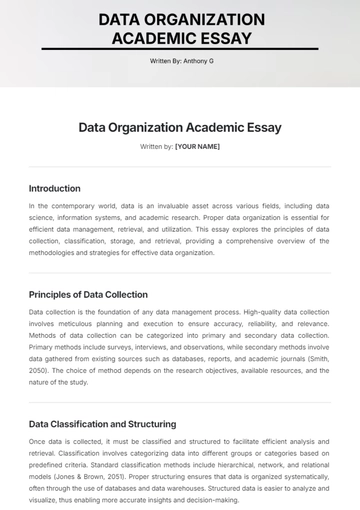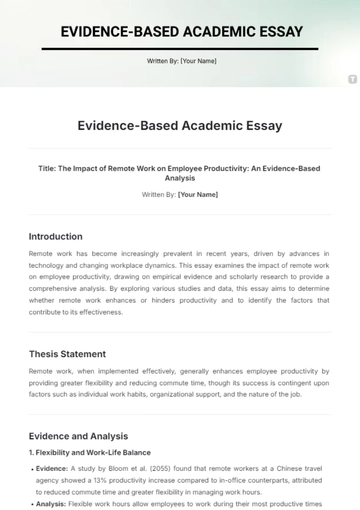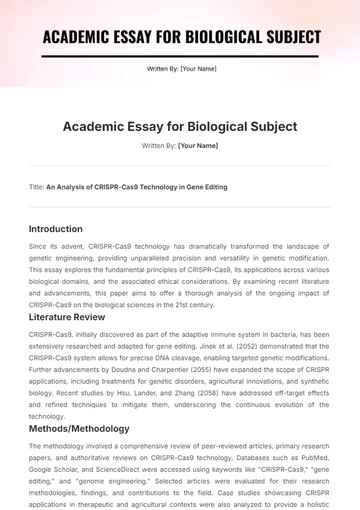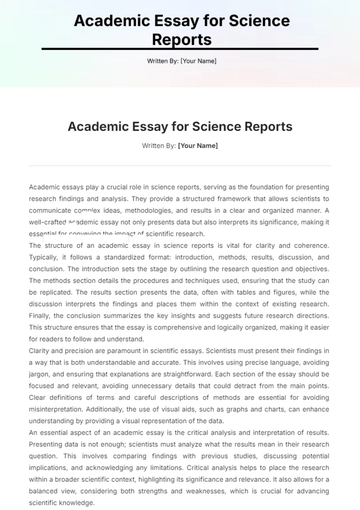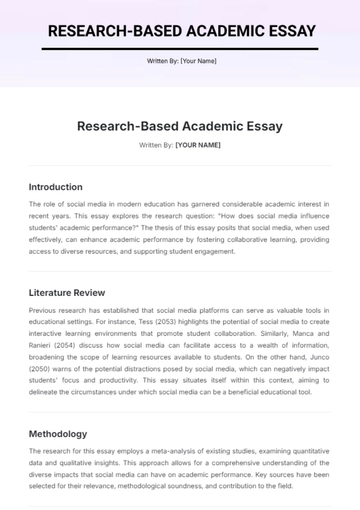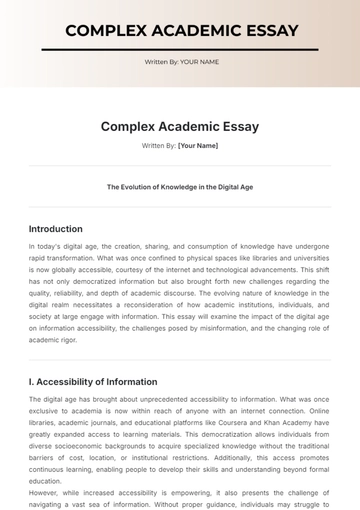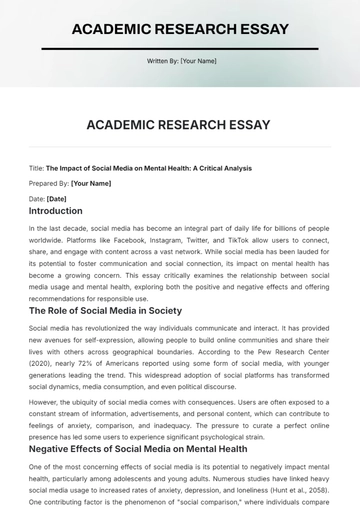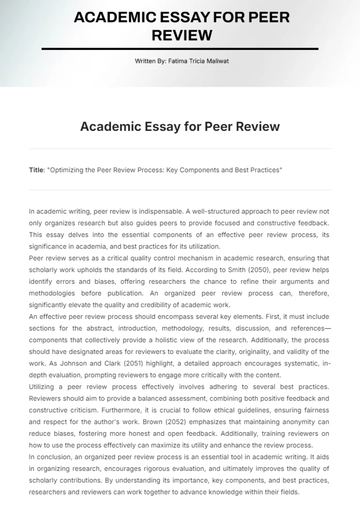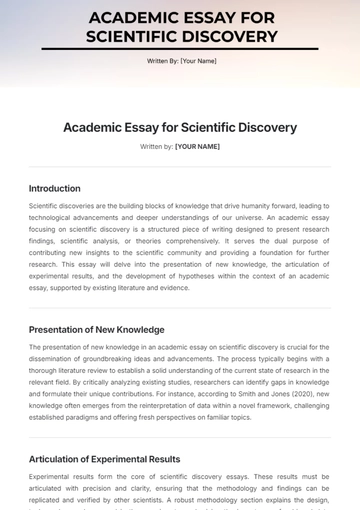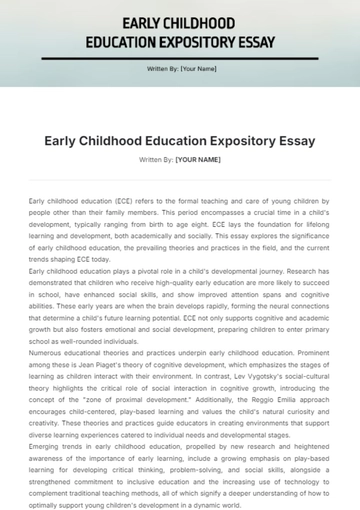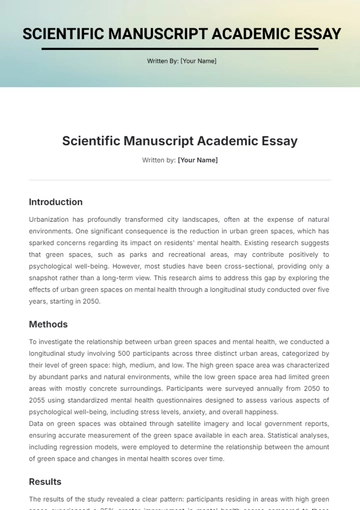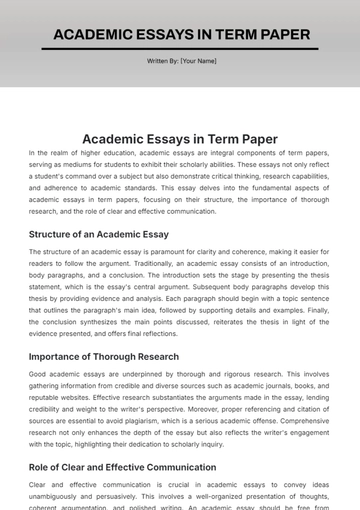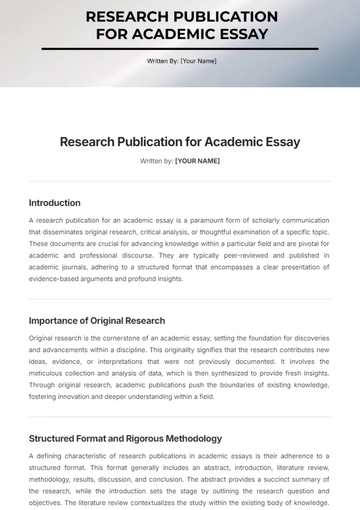Jolie Cassin
Professor Jerrell Lowe
Agricultural Science
10 October 2030
MLA 9th Edition Essay
Climate change is an urgent and complex issue that affects every aspect of life on Earth, and one of its most critical consequences is its impact on global food security. As temperatures rise, weather patterns become increasingly unpredictable, and natural disasters become more frequent, it is crucial to understand how these changes directly threaten food production and access across the globe. This essay explores the multifaceted relationship between climate change and food security, highlighting the challenges and potential solutions to this pressing concern.
Understanding Food Security
Food security exists when all people have access to sufficient, safe, and nutritious food to maintain a healthy and active life. The World Food Programme (WFP) outlines four key dimensions of food security: availability, access, utilization, and stability. These dimensions are interrelated, and disruptions in one area can have cascading effects on the others. Climate change poses significant risks to each dimension, making it increasingly difficult for communities, especially in vulnerable regions, to secure their food supply.
Climate Change and Food Production
The agriculture sector is profoundly affected by climate change. Rising temperatures result in altered crop yields, while erratic rainfall patterns lead to droughts or floods, both of which can severely impact food production. According to the Intergovernmental Panel on Climate Change (IPCC), crop yields for staples such as wheat and rice may decline by 10 to 25% in the next few decades if current trends continue (IPCC, 2019). Such declines put immense pressure on farmers and threaten the livelihoods of millions, particularly in developing nations that rely heavily on agriculture for their economic stability.
The Role of Natural Disasters
Natural disasters, exacerbated by climate change, are becoming increasingly common and devastating. Hurricanes, floods, and droughts can wipe out entire harvests, as evidenced by the floods in South Asia in recent years that displaced millions and destroyed crops. Moreover, the destruction of infrastructure due to such disasters further hampers food distribution, leaving communities vulnerable to food insecurity. According to the Food and Agriculture Organization (FAO), approximately 811 million people were undernourished in 2020, a situation worsened by the compounded effects of climate-related events (FAO, 2021).
Access to Food
Even when food is available, access remains a significant barrier, particularly in impoverished regions. Climate change contributes to economic instability, making it difficult for families to afford adequate nutrition. As agricultural productivity declines, food prices rise. For instance, the price of staple foods such as wheat has surged in recent years due to adverse weather conditions and supply chain disruptions. This rise disproportionately affects low-income households, exacerbating the cycle of poverty and hunger (World Bank, 2021).
Potential Solutions
Addressing the impacts of climate change on food security requires a multifaceted approach. Policy interventions aimed at promoting sustainable agricultural practices are crucial. Techniques such as crop diversification, agroforestry, and improved irrigation can enhance resilience against climate shocks. Additionally, investing in infrastructure to support food distribution and storage can help ensure that food reaches those who need it most, even in times of crisis. Education and access to resources for farmers can also empower communities to adapt to changing conditions.
Furthermore, international cooperation is essential to tackle the global dimensions of climate change. By sharing knowledge, technology, and resources, nations can work together to promote food security and combat climate change simultaneously. Agreements such as the Paris Agreement represent a commitment to address climate change at a global level, which is vital for ensuring food security in the future.
Conclusion
As climate change continues to evolve, its impact on global food security cannot be understated. The interconnectedness of climate, agriculture, and food access demands comprehensive strategies that incorporate sustainability, economic stability, and community resilience. By prioritizing and addressing these challenges, the global community can make strides toward ensuring that all individuals have the opportunity to secure sufficient and nutritious food for years to come. It is not only a matter of survival but of creating a sustainable future for the generations to follow.
In conclusion, the threat of climate change looms large over food security, impacting every region of the globe in diverse ways. Actions taken now will define the trajectory of food systems and ultimately determine whether future generations will experience hunger or abundance.
Works Cited
Food and Agriculture Organization. The State of Food Security and Nutrition in the World 2021. FAO, 2021.
Intergovernmental Panel on Climate Change. Climate Change and Land: An IPCC Special Report on Climate Change, Desertification, Land Degradation, Sustainable Land Management, Food Security, and Greenhouse Gas Fluxes in Terrestrial Ecosystems. IPCC, 2019.
World Bank. "Addressing the Threat of Climate Change to Food Security." World Bank, 2021, www.worldbank.org/en/topic/climatechange/publication/addressing-the-threat-of-climate-change-to-food-security.
World Food Programme.World Food Programme: Four Dimensions of Food Security. WFP, www.wfp.org/food-security.
